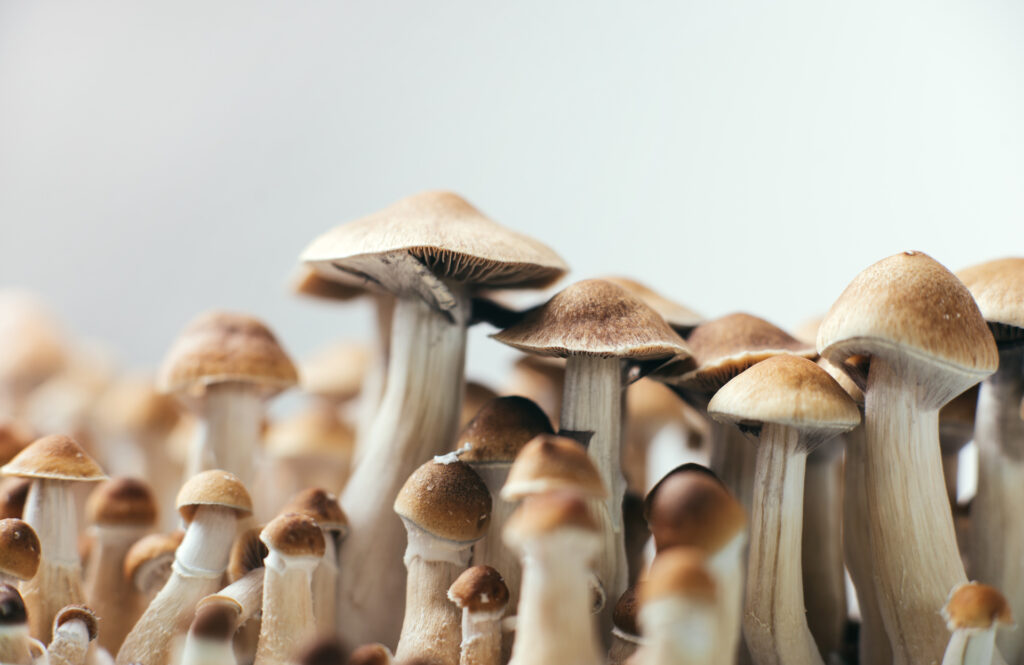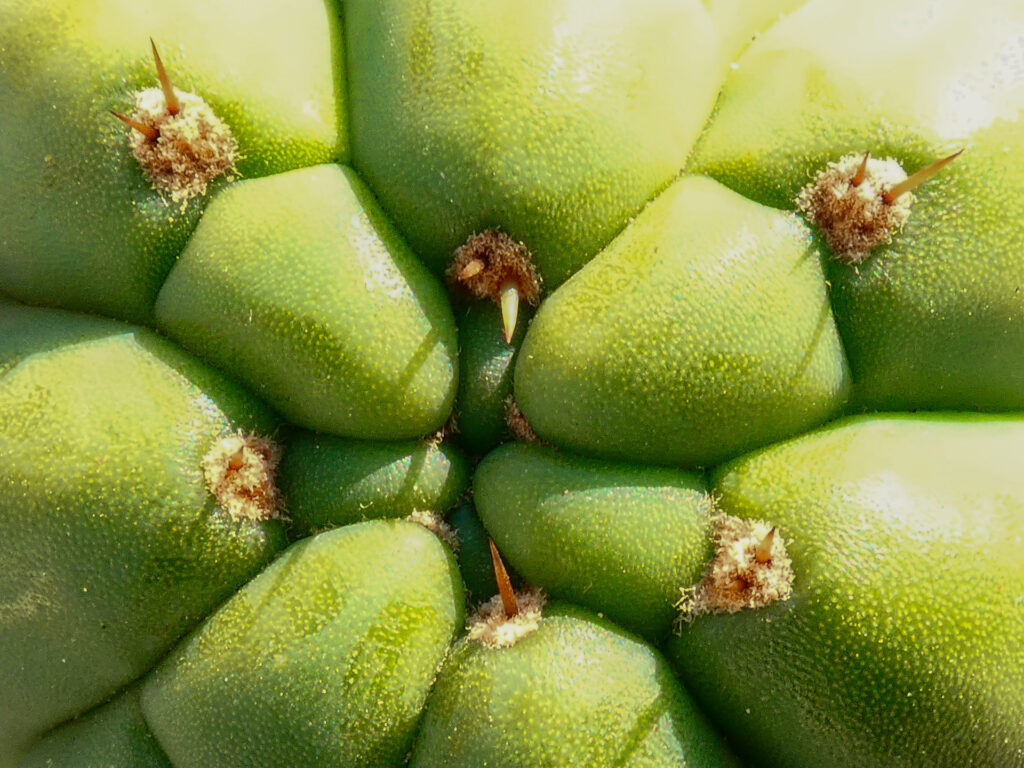
DEA aims to boost production of cannabis and psychedelics research in 2023
This article was written by Nina Zdinjak and originally published on Benzinga.
The Drug Enforcement Administration (DEA) is proposing a significant increase in the amount of research cannabis that can be grown in 2023.
The agency also plans to increase the overall production quota of certain psychedelics, such as LSD, psilocin and mescaline, according to a notice to be published in the Federal Register on Tuesday, Marijuana Moment reported.
For 2023, the DEA proposes that 6.7 million grams (14,770 pounds) of marijuana be grown for research purposes, more than double the amount proposed for 2022 (3.2 million grams). In January of this year, the DEA ended a 50-year federal monopoly on the manufacture of cannabis for research by allowing two companies, Groff North America Hemplex and Biopharmaceutical Research Company (BRC), to grow marijuana for research.
Related
The best cannabis research studies of 2021
This was an important milestone in the field of cannabis research, as a farm that was part of the University of Mississippi had been the only legal source of state research cannabis since 1968, despite court cases and years of complaints that Ole Miss’s product was not of good quality enough for important research.
As more growers gain DEA approval to grow, an increase in the amount needed for research is achievable.
Additionally, the DEA also increased the quota for “all other THC” to 15,000 grams from the previous 2,000 grams, indicating the popularity and therefore the need for research into cannabinoids like delta-8 THC and delta-10.
Psychedelics are also in the mix

The agency has increased production quotas for psychedelics in recent years.
For example, last December it increased its quota for psilocybin (aka magic mushrooms), MDMA, and DMT for 2022. The move came amid rising demand and interest within the scientific community to research the effectiveness of these psychedelic drug treatments for mental disorders.
Related
Types of Psychedelics
This time, the DEA proposed keeping the same quota for psilocybin as in 2022, 8,000 grams, but it proposes doubling the production of other key magic mushroom compounds, like psilocin, from 4,000 to 8,000 grams.
For LSD, the proposed quota for 2023 is 1,200 grams, compared to 500 grams in 2022. The agency also proposed the production of 6,000 grams of 5-MeO-DMT, compared to 2,550 grams this year.
Mescaline production should increase significantly from 100 to 1,200 grams.

“There has been a significant increase in the use of Schedule I hallucinogenic controlled substances for research and clinical trial purposes. The DEA has received and subsequently approved new registration applications for Schedule I researchers and new registration applications from manufacturers to breed, synthesize, extract and manufacture dosage forms containing certain Schedule I hallucinogenic substances for clinical trial use,” the agency said .
Related
What are peyote and mescaline?
“These proposed 2023 quotas reflect the quantities DEA believes are necessary to meet estimated medical, scientific, research and industrial needs of the United States, including an increase in demand for certain controlled substances to treat patients with COVID-19; lawful export requirements; and the establishment and maintenance of reserve stocks.”
At the same time, the DEA proposed keeping the same quotas as this year for psilocybin, MDMA, DMT, MDA and cannabis extract.

Post a comment: